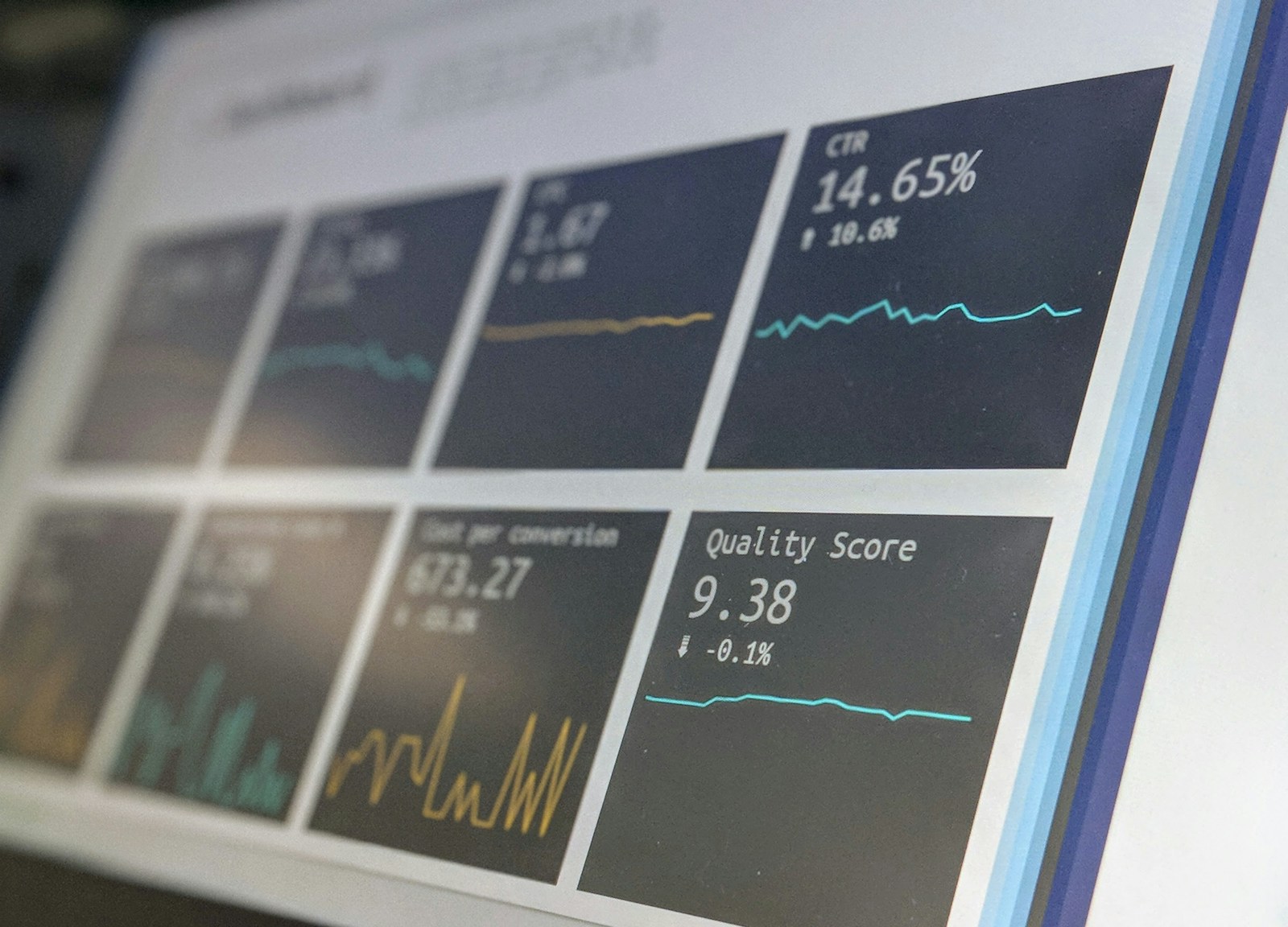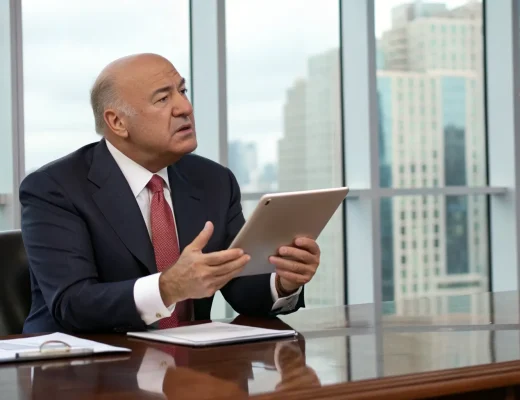OpenAI CEO Sam Altman has issued a cautionary statement about the current surge of investments flowing into artificial intelligence, suggesting that the industry might be heading toward a
financial bubble similar to the dot-com crash that devastated tech markets in the early 2000s.
Altman, who leads one of the world’s most prominent AI companies, expressed concern about the sustainability of the massive capital influx that has characterized the AI sector in recent years. His comments come at a time when venture capital firms, tech giants, and institutional investors are racing to stake their claims in what many consider the next frontier of technology.
Historical Parallels to the Dot-Com Era
The comparison to the dot-com bubble is particularly significant given the similarities in investment patterns. Between 1995 and 2000, internet-based companies attracted unprecedented levels of investment, only to see the market eventually crash, wiping out trillions in market value.
Today’s AI sector shows comparable signs of exuberance. Funding for AI startups reached record highs in recent years, with companies securing billions in investment, often based on potential rather than proven business models or revenue streams.
Altman’s warning carries substantial weight considering his position at OpenAI, the company behind ChatGPT and other breakthrough AI systems that have captured public imagination and investor attention.
Investment Landscape and Risk Factors
The current
AI investment landscape is characterized by:
- Major funding rounds for AI startups with limited revenue
- Tech giants allocating billions to internal AI development
- Venture capital firms are creating specialized AI investment funds
- Rising valuations that may outpace actual technological progress
Financial analysts note that while AI technology shows genuine promise for
transforming industries, the pace of investment may be outstripping the technology’s near-term commercial potential. This mismatch between capital deployment and realistic returns creates conditions that are ripe for a market correction.
Industry Response and Market Outlook
When you see this much capital flowing into a sector this quickly, there’s always risk of overvaluation,” said a
market analyst who specializes in tech investments. Altman’s perspective is valuable because he
understands both the technology’s capabilities and its limitations.”
Some investors have already begun adjusting their strategies in response to concerns about AI
market saturation. More emphasis is being placed on companies demonstrating clear
paths to profitability rather than those simply developing novel AI applications.
Despite these cautions, many industry observers remain optimistic about the long-term impact of AI. The difference between today’s AI boom and the dot-com era may lie in the fundamental utility of the technology across virtually all sectors of the economy.
Altman’s warning doesn’t necessarily predict an imminent crash but rather serves as a reminder that technological progress and market valuations don’t always move in tandem. As AI continues to develop, investors may need to recalibrate expectations about the timeline for returns on their investments.
The coming months are likely to see increased scrutiny of AI companies’ business models and more selective investment approaches as the market responds to concerns about sustainability.







